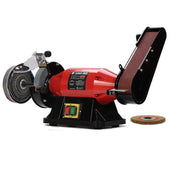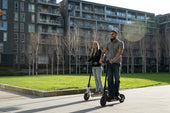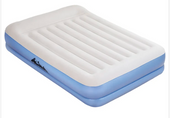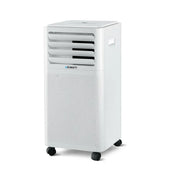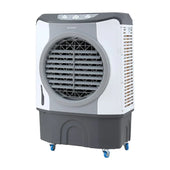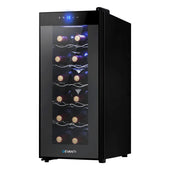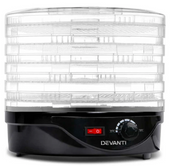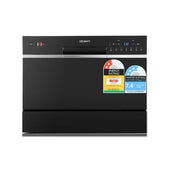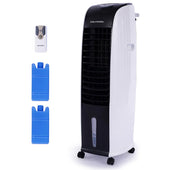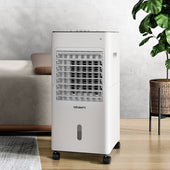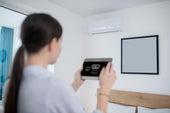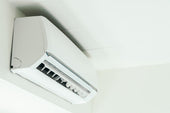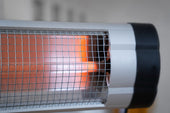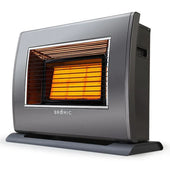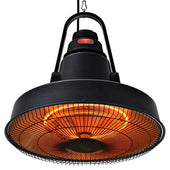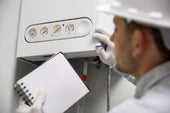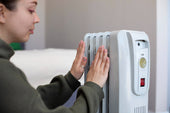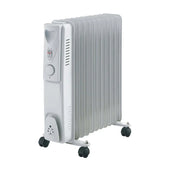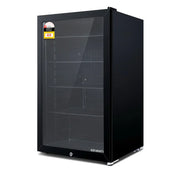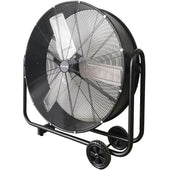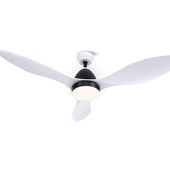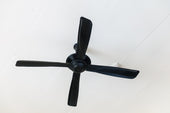Introduction: Merging Mindfulness with Massage Chair Therapy
Combining the restorative qualities of mindfulness and massage chair therapy can amplify relaxation and overall well-being. Mindfulness involves being fully present and aware of the moment without judgment, which complements the therapeutic effects of a massage chair. The rhythmic kneading of the chair soothes physical tension, while mindfulness techniques prime the mind for stress relief and inner clarity. This integration encourages a deeper connection between body and mind. By pairing these practices, individuals can create a harmonious experience that promotes mental focus, reduces anxiety, and heightens physical relaxation. This synergy transforms a simple massage into a holistic self-care ritual.
Setting the Atmosphere: Preparing Your Space and Mind
To enhance the mindfulness experience during a massage chair session, thoughtful preparation of the environment is key. Start by selecting a quiet space free from distractions. Dim lighting or soft natural light can create a calming ambience. Consider using fragrant candles, essential oils, or an aromatic diffuser with scents like lavender or chamomile to promote relaxation.
Create a comfortable temperature in the room, as extreme cold or heat can disrupt focus. Turn off electronic devices or place them on silent to avoid interruptions. Before beginning, take a few moments to clear the mind with deep breaths, setting the intention to fully embrace the session.
Deep Breathing Awareness: Anchoring Yourself in the Present
Deep breathing helps regulate the nervous system, making it an ideal practice during massage chair sessions. To begin, the individual should sit comfortably in the chair, ensuring their body is fully supported. They should focus on inhaling deeply through the nose, allowing the breath to fill the lungs completely. A slow, deliberate exhalation through the mouth should follow.
Encourage attention on the rhythm of breaths to minimise wandering thoughts. Counting breaths silently, such as inhaling for four counts and exhaling for six, can provide structure. This anchored breathing fosters relaxation while heightening physical sensations ,During Days creating a stronger connection to the massage journey. Such intentional focus reinforces mindfulness.
Body Scanning: Connecting with Your Sensations During the Massage
Body scanning is a mindfulness exercise that helps to cultivate awareness by consciously tuning into physical sensations. During a massage chair session, individuals can enhance their experience by practising this technique. Starting at the top of the head, they should slowly direct their attention downward, noticing areas of tension, warmth, or relaxation.
As the massage chair works, it can be helpful to synchronise awareness with its movements. Focus on specific pressure points being stimulated, such as the shoulders or lower back. Awareness of the sensations not only enhances relaxation but deepens the connection with the body, promoting overall mindfulness.
Visualisation Techniques: Creating a Mental Sanctuary for Relaxation
Visualisation techniques transport the mind to a calming, imaginary space, amplifying the soothing effects of massage chair sessions. To practise this, one should begin by closing their eyes and focusing on steady, deep breathing. Next, imagine a serene location, such as a beach with rolling waves or a tranquil forest bathed in sunlight. Envision every detail clearly, including the sounds, scents, and textures surrounding the scene. This mental imagery helps shift attention away from stressors, creating a personal sanctuary. Focusing on this space during massage amplifies relaxation, aligning mental and physical calmness for a holistic experience.
Gratitude Practice: Enhancing Emotional Wellbeing During Your Session
A gratitude practice can transform a massage chair session into an emotionally uplifting experience. Focus attention on the soothing sensations of the chair and reflect on what brings appreciation to life. Begin by silently acknowledging the physical comfort the chair offers, and the time dedicated to self-care.
- Identify Gratitudes: List three specific things to be thankful for—including personal milestones, supportive relationships, or simple joys.
- Internal Reflection: Pair expressions of gratitude with slow, intentional breathing to deepen connection with emotions.
- Positive Affirmations: Repeat gratitude-based affirmations like “I am grateful for this moment of relaxation,” to reinforce positive mental states.
Cultivating gratitude during the session encourages mindfulness, fostering emotional equilibrium and inner peace.
Mindful Listening: Incorporating Soothing Sounds for a Holistic Experience
Engaging the sense of hearing during a massage chair session can deepen relaxation and enhance mindfulness. Curated soundscapes, such as gentle rain, ocean waves, or soft instrumental music, create an environment that fosters tranquillity. Choosing sounds with slow rhythms can synchronise the mind and body, encouraging a meditative state.
To optimise the experience:
- Use headphones or surround speakers for immersive audio.
- Customise volume levels to ensure they remain calming, not overwhelming.
- Experiment with nature sounds that resonate personally, such as forest ambience.
Incorporating soothing sounds harmonises with physical sensations, grounding the individual and amplifying mindfulness benefits.
Progressive Muscle Relaxation: Releasing Tension Mindfully
Progressive muscle relaxation is an effective technique to enhance massage chair sessions by consciously alleviating physical tension. Users begin by tightly contracting a specific muscle group, such as the shoulders or calves, for five seconds, followed by a slow release. This process is repeated throughout the body, from the feet upwards, or vice versa.
This deliberate practice allows the chair's features to complement the natural relaxation response. Incorporating deep abdominal breathing alongside the technique further aids in releasing mental and physical pressure. Transitioning from one muscle group to another helps promote mindfulness, effectively grounding the individual in the present moment.
Grounding Techniques: Staying Present After the Session
After a massage chair session, grounding techniques help individuals remain present and centred. These practices can support the transition back to daily activities while maintaining a sense of calm and focus.
Suggestions include:
- Deep Breathing: Practise slow, intentional breaths, focusing on the sensation of air entering and leaving the lungs. This can aid in cultivating mindfulness.
- Sensory Awareness: Engage senses by touching textures, tasting flavours, or observing surroundings to reinforce mindfulness.
- Gentle Stretching: Slowly stretch arms, legs, and neck to reawaken the body while easing muscle tension.
- Visualisation Exercises: Imagine calming scenes or colours to extend the relaxation benefits further.
Incorporating these techniques can deepen the therapeutic effects of massage chair sessions effectively.
Integrating Mindfulness Beyond the Chair: Cultivating Long-term Calm
Mindfulness can extend far beyond massage chair sessions, fostering a sense of enduring calm in daily life. Incorporating mindful practices into routines helps maintain relaxation, even outside structured exercises.
- Mindful Breathing Throughout the Day: Encourage steady, intentional breaths during moments of stress or multitasking. This regulates emotional responses and keeps focus intact.
- Walking Meditation: While commuting or during brief walks, focus on the sensation of each step. Observe the rhythm of movement and the contact of feet with the ground.
- Meal Awareness: Engage fully in meals by noticing textures, tastes, and aromas. Avoid distractions and practise gratitude for nourishment.
By weaving mindfulness into daily experiences, individuals can create an anchor for peace that complements and enhances relaxation achieved in the massage chair.
Conclusion: The Synergy of Mindfulness and Massage Chairs
The integration of mindfulness practices with massage chairs creates a holistic experience that benefits both the mind and body. By focusing attention on the present moment, individuals can amplify the therapeutic effects of the chair. Techniques such as deep breathing, body scans, or visualisation can align mental focus with the chair’s physical relief. This harmony encourages a state of profound relaxation, reducing stress and improving overall well-being. The rhythmic movements of the massage chair serve as an anchor for mindfulness, while mindfulness enhances awareness of these sensations. Together, they foster a deeper connection to one’s self and surroundings.



